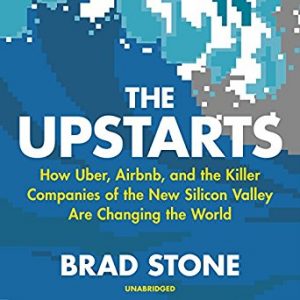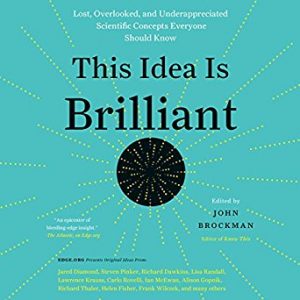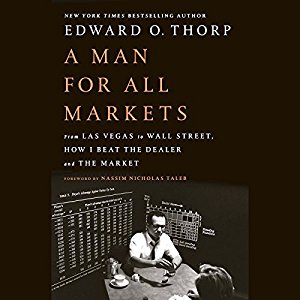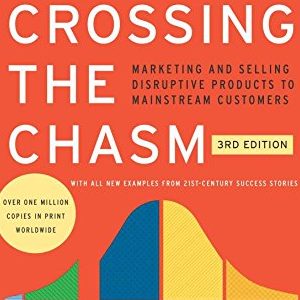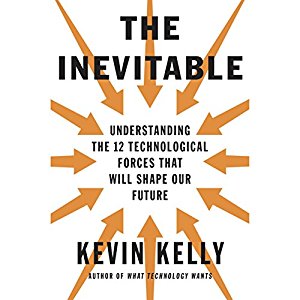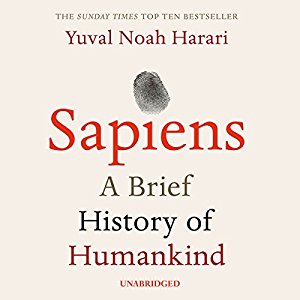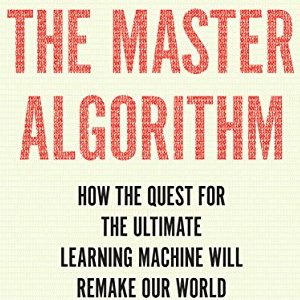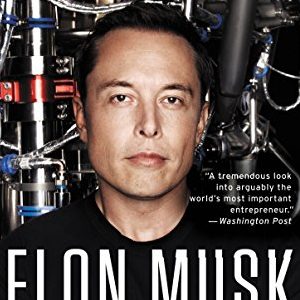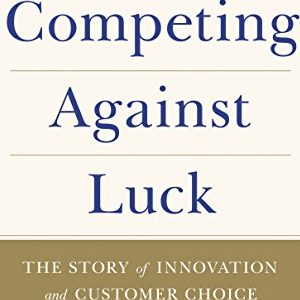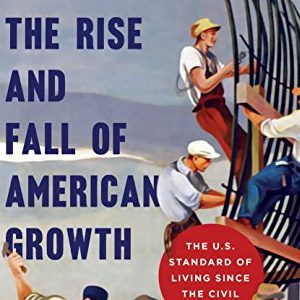Most illustrative are the descriptions of failed competitors, which show importance of both luck and ruthlessness.
There are 100s of underappreciated scientific concepts that deserve to be widely known
John Brockman – This idea is brilliant
A rollercoaster ride through a laundry list of hot topics in science today.
Digitization, network effects, and participation will continue to disrupt many markets
Machine, Platform, Crowd – Andrew McAfee and Erik Brynjolfsson
Decent summary of developments with some nice examples, but not sufficiently new or surprising to classify as ‘essential reading’.
Developing nuclear physics required a lot tinkering and failing
Atomic Adventures – James Mahaffey
Refreshing view on history of nuclear physics with emphasis on ‘failures’ like cold fusion and nuclear rocket engines in this often counter-intuitive branche of science.
There is a myriad of ways in which AGI can be scary, but also a whole array of options humanity can pursue to stay on the top of the food chain
Mike Bostrom – Superintelligence
More thorough and nuanced than most scary-AI-will-take-over-the-world-books, but it still suffers from the same pitfall: over-estimating the importance of superintelligence for evolutionary success (two random examples: cockroaches and Donald Trump).
Only bet (in the casino or on Wallstreet) when you have an edge.
Edward Thorp – A man for all markets
Sage advise from the man who beat the dealer at blackjack and outperformed the market as one of the world’s first quants (but feel free to skip the chapters about Edward’s youth as a prodigy).
Geoffrey Moore – Crossing the chasm
Written in an entertaining laid-back style that more business books could use and – above all – surprisingly relevant over 25 years after first publication in 1991.
Kevin Kelly – The inevitable
Enjoyable, yet somewhat theoretical, meandering between fundamental truisms and gross simplicications, leaving the reader with one key question: ‘Where does it pay off to act contrarian?’
Yuval Noah Harari – Homo Deus
Strongly opiniated view on the future of humanity, mostly valuable due to the emphasis on the role of humans in steering development of technology and AI.
Deborah Blum – The poisoner’s handbook
Treasure trove of slightly lugubrious annecdotes on crimes, accidents and government schemes.
Ben Horowitz – The hard thing about hard things
Comfortingly desillusional perspective on entrepreneurship, with reassuring insights like: “No one cares.”
Michael Smith – Streaming, Sharing, Stealing
Recent move of Disney to boycot Netflixs proves that incumbents are starting to realize the new reality.
Yuval Noah Harari – Sapiens
Refreshing evolutionary perspective, emphasizing the cognitive, agricultural, and industrial revolutions as turning points in human development.
Pedro Domingos – The master algorithm
The brave attempt to cover an inherently deep subject in a non-technical way.
Richard Evans – The pursuit of power
Masterful balance between major developments and impact on human scale.
Ashlee Vance – Elon Musk
Do not read the Dutch translation: Henk Popken did a crappy job.
Clayton M. Christensen – Competing against luck
Good thought starter and a great tool to point out failures afterwards, but usually hard to get “the job” right before launch
Kevin Ashton – How to fly a horse
Unfortunately, the book contains too many anecdotes that feature Woody Allen.
Robert Gordon – The rise and fall of American growth
OK… exponential decrease of discomfort may imply decreasing marginal gains, but that does not imply that the future will not see consumer surplus stemming from future inventions.
Elmira Bayrasli – From the other side of the world
Some well chosen case studies; but with too little explanation on ‘what’ they did and too many stories about how they did it.

